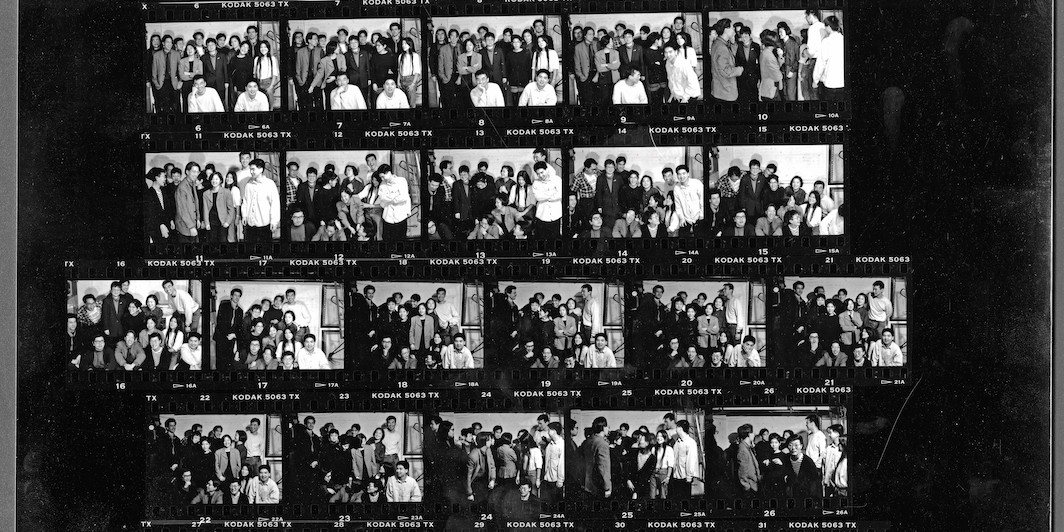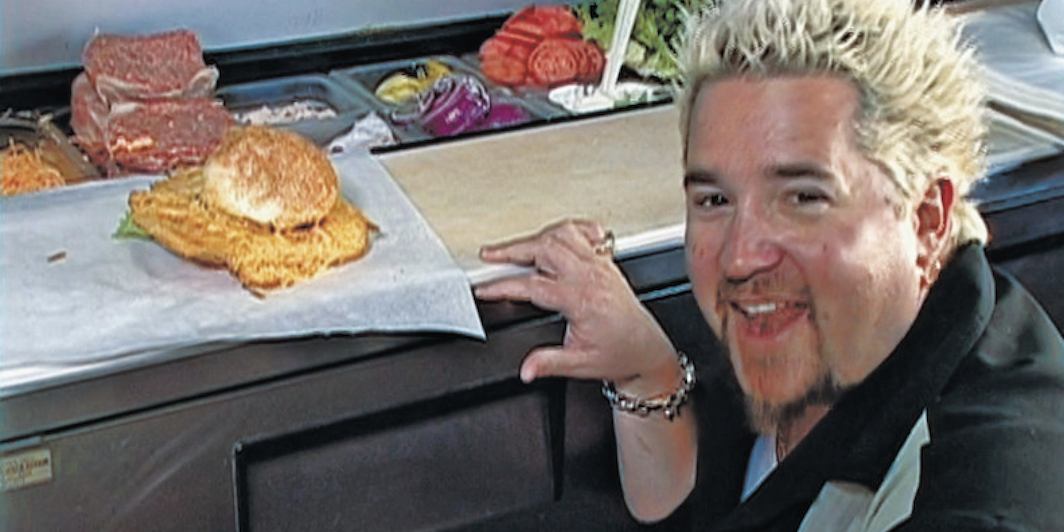Art Monsters
FOUNDED IN 1990, GODZILLA was a New York–based collective of visual artists and curators that sought “to contribute to change in the limited ways Asian Pacific Americans participate and are represented in a broad social context.” Early in the new anthology Godzilla: Asian American Arts Network 1990–2001, there’s a spread of contact sheets showing outtakes for a group picture taken in 1991 for the collective’s first newsletter: we see bodies shuffling, awkward hand placements, ill-timed smiles, and aching cheeks. The sequences illustrate the momentary coalescence—flash!—and then the release,












